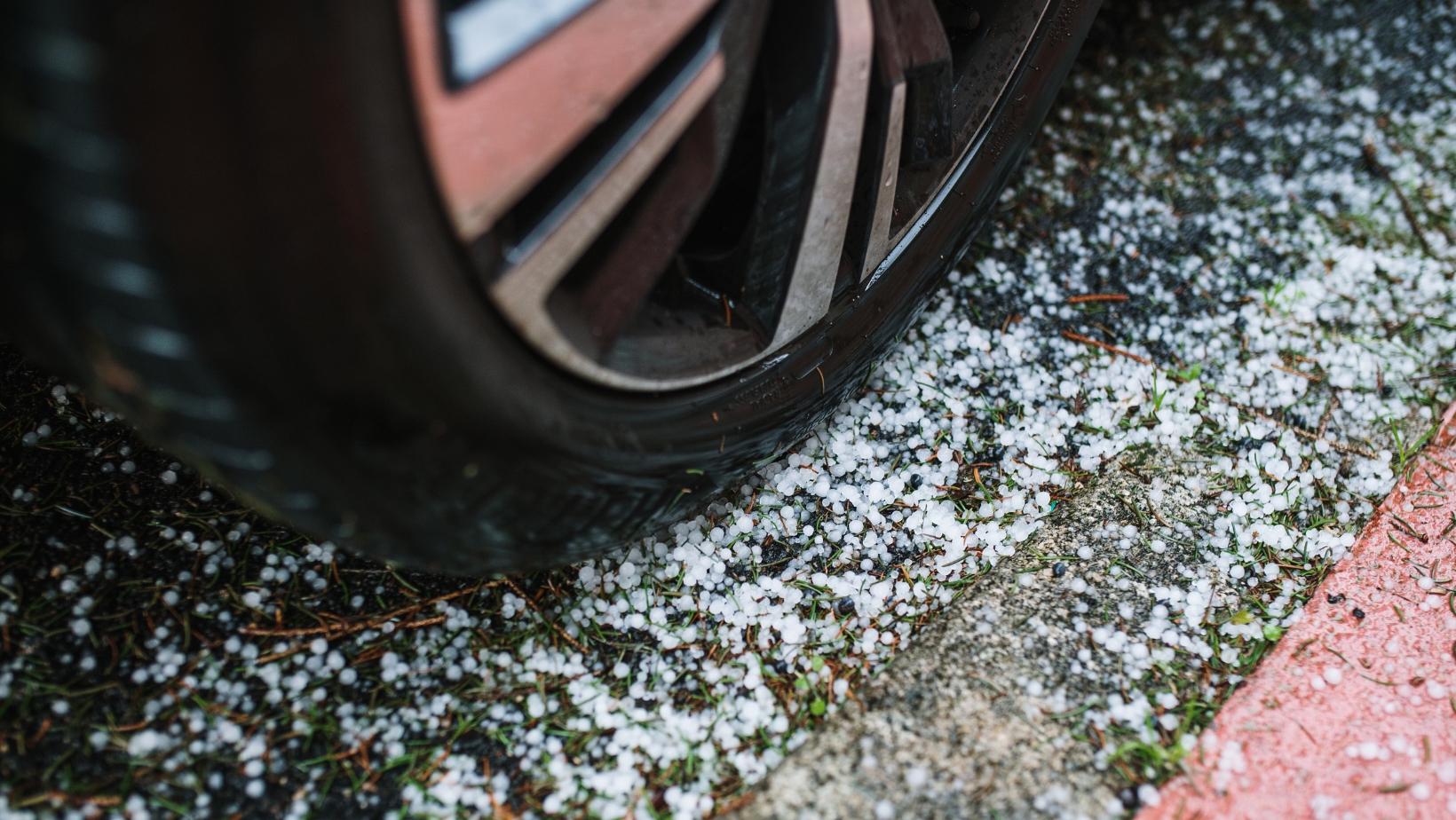When it comes to hail damage on your car, prompt repair is essential to maintain its appearance and value. Hailstorms can leave behind dents and dings that not only affect the aesthetics of your vehicle but also potentially compromise its structural integrity. That’s why finding a reliable hail damage repair service for your car is crucial.
Hail damage repair for cars involves a specialized process designed to restore the vehicle’s exterior to its pre-damaged condition. Skilled technicians use various techniques such as paintless dent repair (PDR) to remove dents without the need for repainting. This method not only saves time but also helps retain the original factory finish of your car.
Whether you’re dealing with minor dings or more extensive hail damage, seeking professional assistance from experienced technicians is highly recommended. They have the expertise and specialized tools required to assess and repair the damage effectively, ensuring that your car looks as good as new.
Assessing the Severity of Hail Damage
Common Types of Hail Damage
When it comes to hail damage repair for cars, it’s important to first assess the severity of the damage. Hailstorms can cause various types of damage, ranging from minor dents to more extensive structural issues. Here are some common types of hail damage to look out for:
- Dents: Dents are one of the most noticeable forms of hail damage on a car’s body. They occur when hailstones impact the surface and leave visible depressions or bumps.
- Cracked or Broken Glass: Larger hailstones have the potential to crack or shatter windows, windshields, and mirrors on a vehicle.
- Scratches and Paint Damage: Hail can also cause scratches and chipping in the paintwork due to its abrasive nature. This type of damage may expose bare metal, making it susceptible to rust if left untreated.
- Damaged Roof: The roof is particularly vulnerable during hailstorms as it bears the direct impact of falling ice pellets. Look for signs such as dented areas or cracked paint on the roof surface.
Remember that even minor-looking damage should not be ignored, as it can worsen over time and potentially lead to further issues down the road. Seeking professional assistance from an experienced hail damage repair service is crucial to ensure proper assessment and restoration of your vehicle.

Hail Damage Repair Car
When it comes to repairing major hail damage on your car, there are several professional techniques that can help restore its original condition. As an expert in the field, I’ll share some valuable insights on how to effectively repair hail damage and get your car looking as good as new.
- Paintless Dent Repair (PDR): This technique is widely used by professionals to fix minor to moderate hail damage without the need for repainting. PDR involves massaging the dented areas from behind using specialized tools, carefully pushing the metal back into shape. It’s a cost-effective and time-efficient method that preserves the original paint finish of your car.
- Heat and Cold Method: For more severe hail damage, professionals may employ a combination of heat and cold techniques. By applying heat with a heat gun or hairdryer to the dented area, they expand the metal slightly. Then, using dry ice or compressed air in a canister held upside down, they rapidly cool down the heated metal, causing it to contract. This thermal cycling helps pop out larger dents and restore the car’s surface.
- Body Filling: In cases where PDR is not feasible due to extensive damage or stretched metal, body filling may be necessary. This technique involves applying a special filler material over the dented area and then sanding it down until smooth and level with the surrounding surface. Once primed and painted over, this method effectively hides major hail damage.
- Panel Replacement: When hail has caused severe structural damage beyond repair or if multiple panels are affected, panel replacement becomes necessary. Skilled technicians will carefully remove damaged panels and replace them with new ones that match your vehicle’s make and model perfectly.
- Paint Touch-up: After any dent repair technique is applied, touch-ups are vital for achieving seamless results. Professionals will meticulously color-match your car’s paint using advanced tools and techniques, ensuring that the repaired area blends seamlessly with the rest of the vehicle. This step guarantees a flawless finish and helps maintain your car’s resale value.
Remember, repairing major hail damage is a complex process that requires expertise and specialized equipment. It’s always recommended to consult with a professional auto body repair shop to assess the extent of the damage and determine the most suitable technique for your specific situation.
By utilizing techniques like Paintless Dent Repair (PDR), heat and cold methods, body filling, panel replacement, and paint touch-up, professionals can effectively repair major hail damage on your car. Trusting these expert techniques will ensure that your vehicle looks its best once again.







































